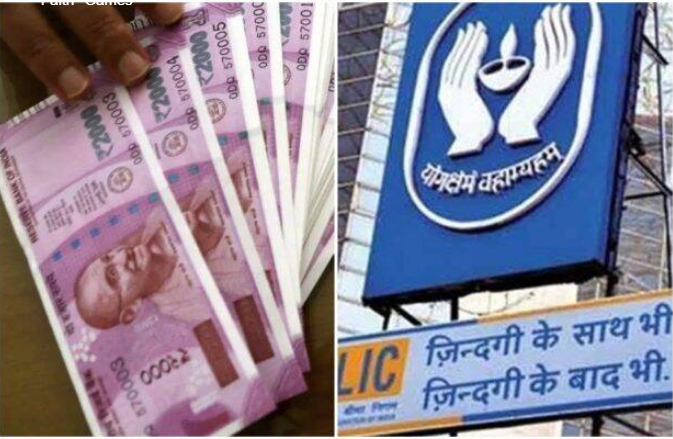LIC’s Jeevan Shanti plan can be bought offline as well as online. To buy the plan online, one has to log on to LIC’s website www.licindia.in.
LIC offers many insurance, pension plans. One such plan is LIC’s Jeevan Shanti plan. It is a single premium plan, in which the policyholder has the option to choose an immediate or deferred annuity. Annuity rates are guaranteed for both immediate and deferred annuities at the inception of the policy and annuities are paid throughout the life of the policyholder. Let us tell you that this plan can be purchased offline as well as online. To buy the plan online, one has to login to LIC’s website http://www.licindia.in .
What are the benefits
- Invest in lump sum and get guaranteed lifetime income.
- There is an option to choose nine different annuities according to the need and situation.
- You have the option to choose both Immediate and Deferred Annuity.
- Annuity rates are guaranteed from the inception of the policy.
- This policy can be taken as an own life or a joint life with grandparents, parents, children, grandchildren, spouse or siblings.
- Loan facility is available after the completion of one year of the policy.
- The policy can be surrendered at any time after three months of completion of the policy.
- There is an option to take a plan for the benefit of the disabled dependent (Divyangjan) life.
Free Look Period
If the policyholder is not satisfied with the “Terms and Conditions” of the policy, the policy can be returned to the policy corporation within 15 days (if this policy is purchased online) from the date of receipt of the policy. Thereafter the Corporation shall cancel the policy and refund the purchase price paid after deducting the charges for stamp duty and annuity paid, if any. However, if the policy is purchased as QROPS, the proceeds from cancellation will only be transferred back to the fund house from where the money was received.
Policy surrender
The policy can be surrendered at any time after three months of completion of the policy (i.e. 3 months from the date of issue of the policy) or after the expiry of the free-look period, whichever is later.


